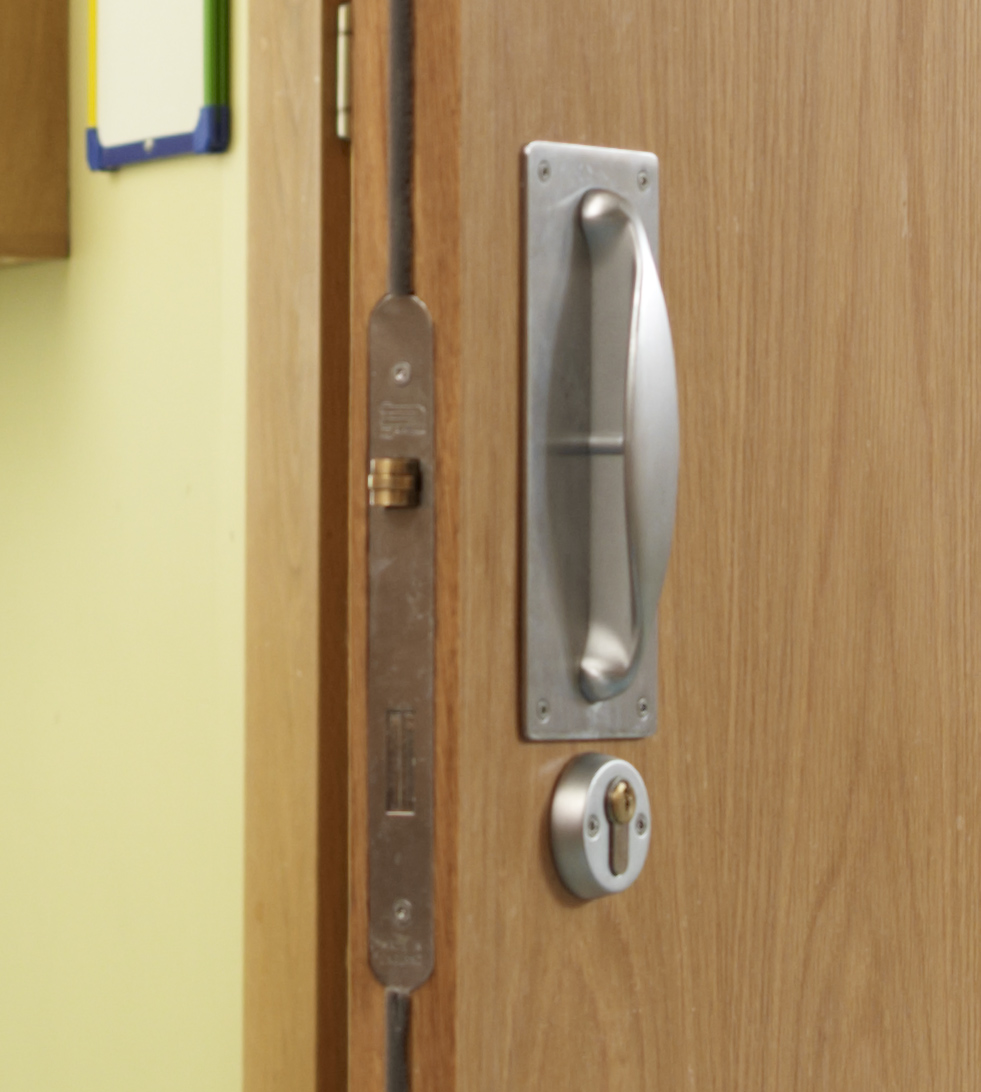What Are Anti-Ligature Door Handles?
Ligature refers to something used to tie something or bind it. You even hear the term used in music when it refers to join several notes together into one syllable. Anti-ligature is therefore the opposite. It is something made so that it cannot be used to bind or tie. In the case of anti-ligature door handles, they are door handles you cannot tie a rope or other binding to.
Where Are Anti-Ligature Door Handles Used?
Anti-ligature handles are used in a variety of environments. One is in any institution where suicide is a serious concern Anti-ligature door handles therefore prevent someone attaching a rope, belt or shoelace to it so that they can use it to kill themselves. This makes anti-ligature fixtures standard in mental health facilities.
Anti-ligature door hardware is also common in prisons and other institutions. This prevents inmates for hanging themselves or other people. Anti-ligature hardware also makes it harder for someone to escape, since they can’t tie a rope or sheets to the locked door and use that as a support as they try to climb out a window. It also prevents someone from tying themselves or others down.
The Most Common Forms of Anti-Ligature Door Handles
You don’t find just one design of anti-ligature door handles, because different doors come with different performance requirements. Pinch grip handles are ligature-proof, but they are a problem when patients or caregivers have limited manual dexterity. These have an anti-ligature rating of A4. This makes them ideal for rooms occupied by those with depression or other forms of mental illness. Narrow style handles with back plates provide the same anti-ligature rating and are best used when space is limited.
A grab handle that’s ligature-proof acts similarly to a round bar handle, but it is impossible to tie a rope or ligature to it. An elephant door handle looks like an elephant’s trunk. They aren’t as resistant to ligature, but they are easy to open with one or both hands. This is a solution when dexterity is a greater concern, but you still want to minimize the chance of someone tying something to the door. A similar device is the oryx lever handle. It is easy to use by those with poor hand coordination or a weak grip like the elderly and disabled, but it resists ligature. These are often used in dementia wards.
A turn/pull door handle has no visible fixings, so it is naturally anti-ligature. These door handles can also be used to create a private space, if you are willing to allow patients that option. Note that any such door handle needs to be combined with an override lock set. A recessed door handle lacks any point for ligature, but it also eliminates any protrusions on which someone could hurt themselves, such as when they’re hit by the door. That is aside from the minor issue of being hit by the door. This makes them a viable solution when you are looking for weaponry deterrent, eliminating anything that could be used as a weapon by the patient.




















